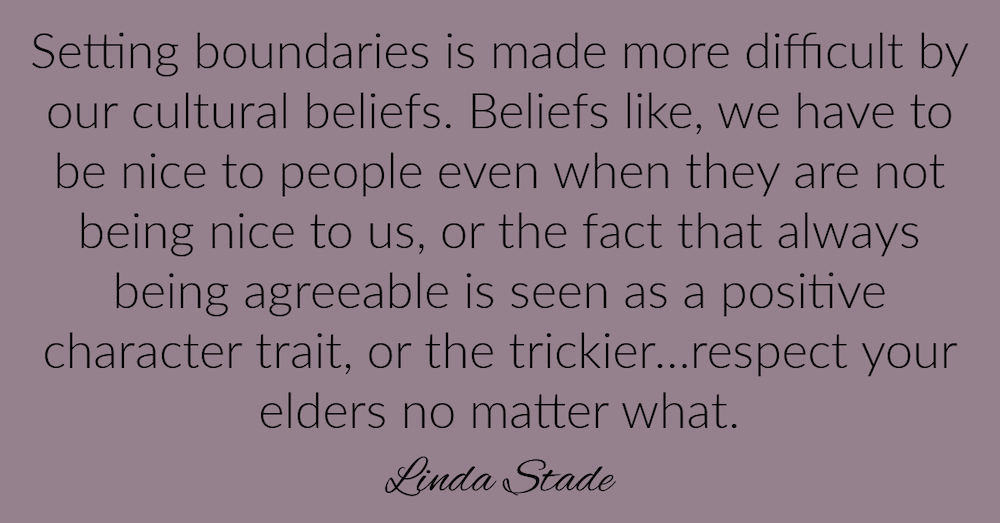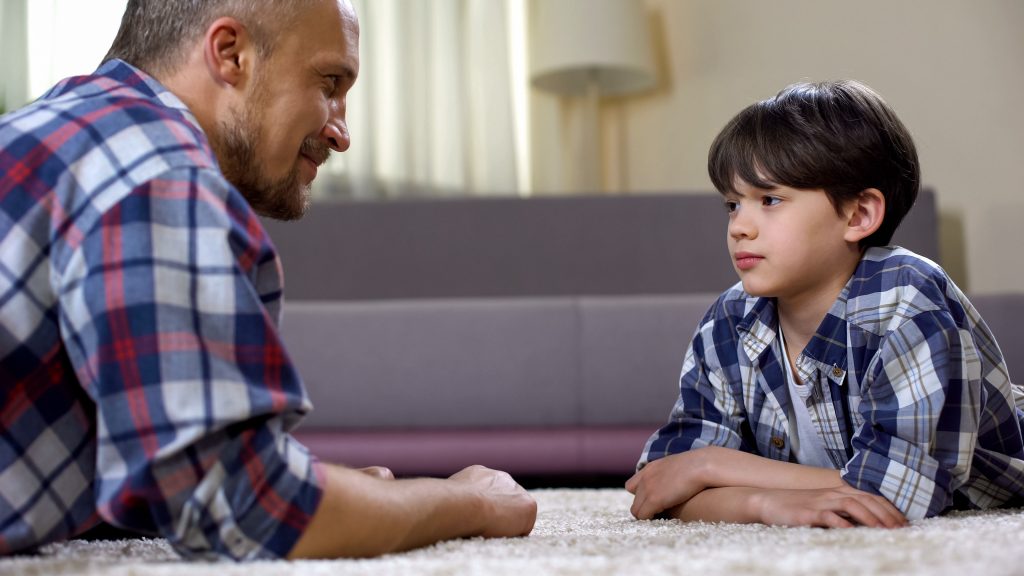Setting boundaries in parenting is vital. It is the best way to teach children to have their own boundaries. Here are 6 tips to help you along the way.
This article was first published by Lourdes Hill College
Last week was Halloween. One of my favourite young teens was preparing her outfit and making plans with friends. The time came to set expectations and so she and her dad started talking about curfew. Naturally, she thought he was being completely unreasonable and started negotiating for extra time. There was a lot of groaning and eye-rolling and “None of my friends’ parents are this mean”. I’m sure you recognise the conversation.
Setting boundaries is one of the toughest parts of parenting or working with children and adolescents. However, it is also one of the most important. When we set boundaries for kids, we teach them how to set boundaries in their own lives. We teach them how to have physically and emotionally safe experiences and relationships. Kids need smarter, wiser, kind people to say no to them.
We need to make sure we set boundaries in parenting for three main reasons:
- It is a child’s job to explore and find boundaries and then to push against them. They push in order to figure out how boundaries work and how firm they are. If they are firm, they experience a sense of safety and attachment, even if they do say, “You’re the worst parent in the whole world”.
- If we are inconsistent, we are asking kids to exercise judgement they have not developed yet. Adolescents in particular are going through a period of brain renovation that encourages them to take more risks than they would have previously, with less consideration of consequences. Even the smartest of our young people are predisposed to making some bad decisions.
- The boundaries we set for them at an early age show them how to set and maintain boundaries in relationships with other people. This is ABSOLUTELY vital.
Setting boundaries in parenting is hard work
Experiencing boundaries as a child is one thing, learning to set their own boundaries is another, especially when other people’s feelings are involved. It’s not just kids who struggle with boundaries in relationships.
Whether you’re a conscientious student being pressured to share your homework with peers, or a parent guilted into spending money you don’t have on your kids, it’s hard. It is most difficult to say no to someone you love. At the most dangerous end of the continuum, we run into unbalanced and exploitative relationships. So, teaching a child to set boundaries and then coaching them in this skill throughout their adolescence is important.
Teach kids to know themselves first
Kristina Morgan is a clinical psychologist at Lourdes Hill College. She explains that if we want kids to respect themselves and other people and learn about setting boundaries, we must first teach them to know about themselves.
“We often ask children to tune into other peoples’ emotional states, wants, and needs but not their own. We encourage kids to heed the feelings of the adults in their lives or their friends. They need to tune into their own emotional, moral, and physical states to connect authentically with themselves.”
Kristina says, if kids are confused about who they are, they become inconsistent and can be easily led. “They give in to others when they don’t want to, and they can accidentally misrepresent who they are and what they want. Their inability to know and name their values gets in the way of their goals and their relationships.”
In short, kids need to learn what they like and don’t like. They need to be able to name and own their values. When we don’t let our children grow into who they are, we accidentally stop them from knowing where their boundaries need to be.
Part of knowing yourself is knowing how you feel and listening to those feelings. When someone is crossing one of your boundaries, you feel uncomfortable. Your heart might go fast, you might feel hot or you might not be able to say the things you want to say… you’re tongue-tied.
When kids do get the concept of boundaries, they really get it. They will be able to give you examples of incidents when their boundaries have been crossed because they felt it so viscerally.
Helpful tips for parents teaching kids about boundaries
When it comes to teaching boundaries, Kristina says, “We need to turn up for kids and show them how it is done. It involves a lot of modelling and coaching.” She offers the following tips:
1. Be confident in saying no to your children.
They need to hear how to say no and the words to use. This sort of modelling also allows them a chance to see when it is appropriate to say no. For this reason, never just say no to exercise power.
2. Set your own boundaries.
Simple things like asking children to wait while you speak to another person instead of cutting in. Teach them to attempt age-appropriate tasks for themselves. If you stop everything the moment they want your help, you teach them that you have no boundaries and your time is not important.
3. Give kids structure and be consistent.
By making boundaries very clear, you show your child that boundaries make life more comfortable. There is less conflict and negotiation over every decision, they don’t have to keep pushing to find the edges.
4. Help your child practise with little boundaries.
Everyone should have and complete household jobs, everyone maintains contact with relatives, everyone contributes. Kristina sees in her work with families how this makes managing bigger issues like curfews, behaviour at parties, or romantic relationships easier in the long run.
5. Give kids the right to say no on decisions about their personal space.
You or a relative may really want a hug but forcing a child to show affection teaches them to be alright with intimacy they don’t want. Maintaining that boundary should not cost them love or respect.
6. Make sure having a different opinion is okay in your home.
It is possible to hold different opinions and still be friends. We can disagree and both still be important awesome human beings. This extends to people of other cultures and those who hold different values.
Finally…
So, what happened on Halloween? Miss 13 was told she was allowed to go out with her friends, but she had to be home by curfew. On her arrival home, she showed her dad her photos and they watched a spooky movie. Connection. Happy ending.
It’s unreasonable to expect that things will always run so smoothly. They won’t…but let’s face it, smooth isn’t the end goal.
Why not follow Linda’s blog? You’ll receive useful information to help support your kids as they navigate their school years.








